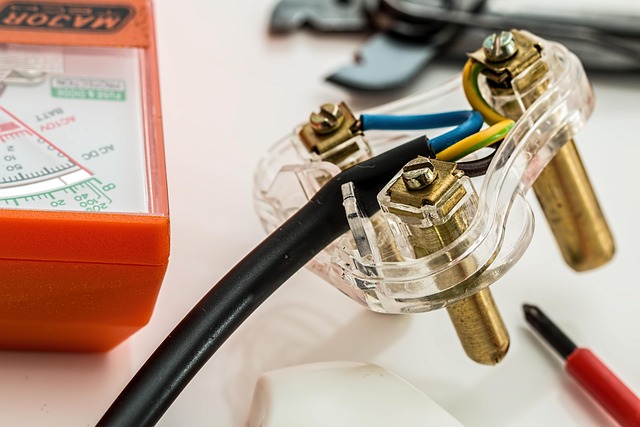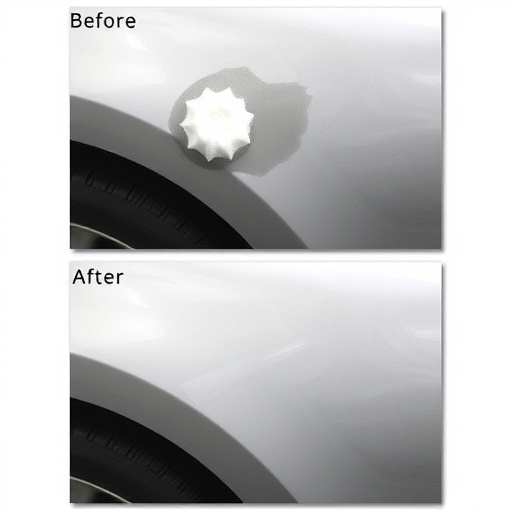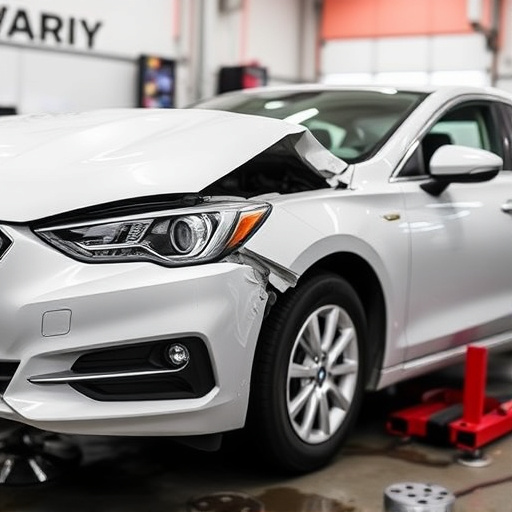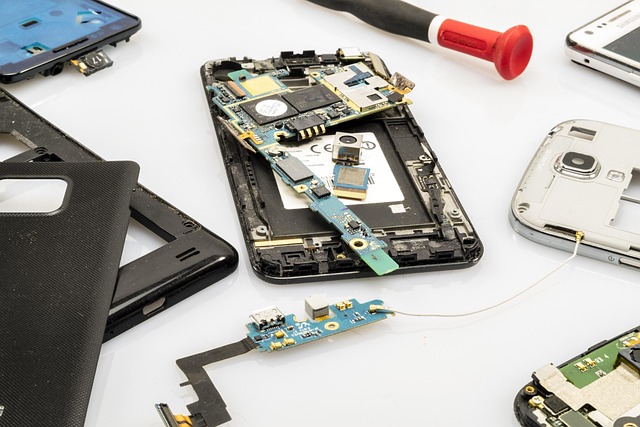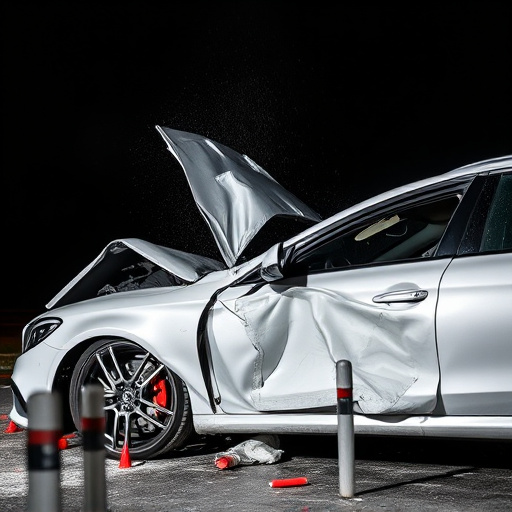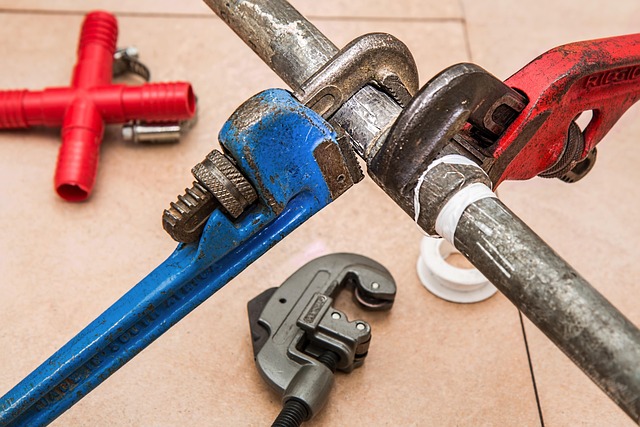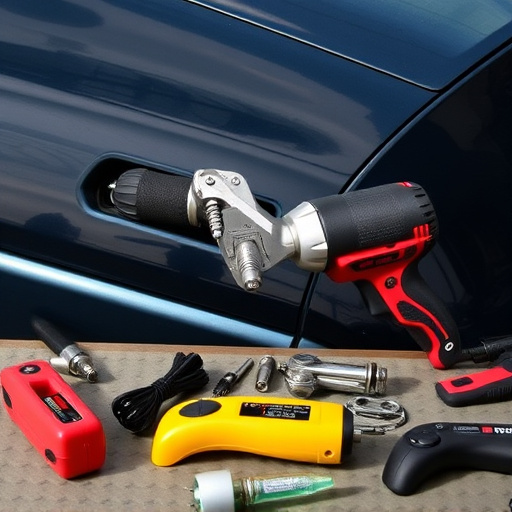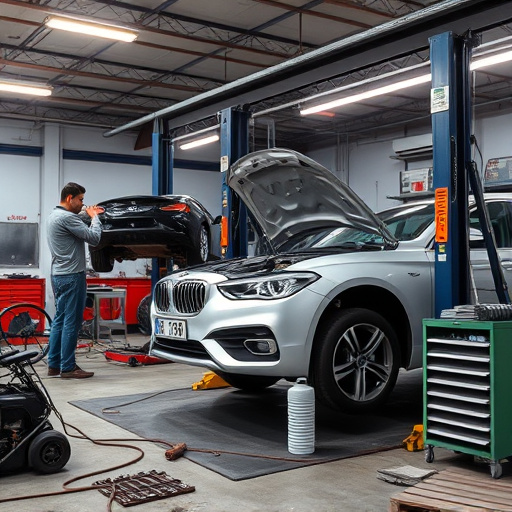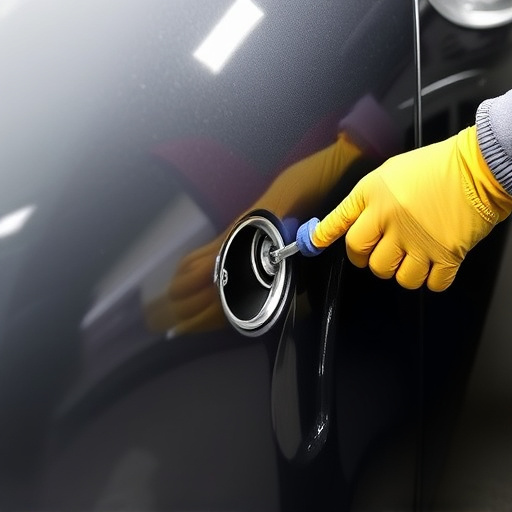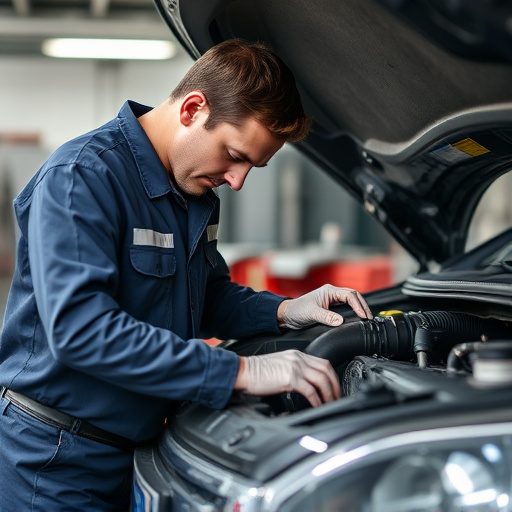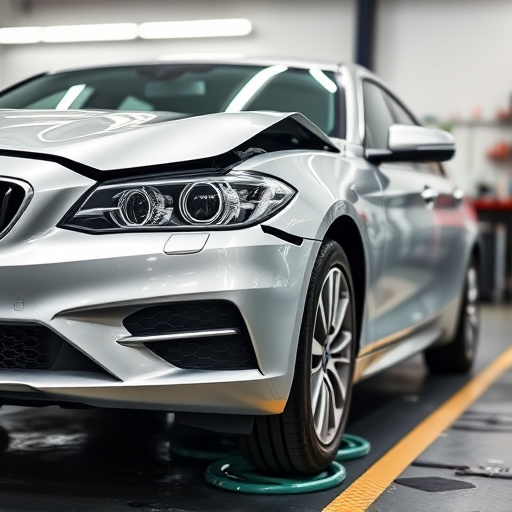Silicon bronze welding is a specialized technique highly regarded across various industries for creating robust, corrosion-resistant joints. It's particularly valued for demanding applications requiring strength and longevity, such as harsh environments or critical vehicle systems. This versatile method is used in auto body repair, marine restoration, and collision repair, ensuring structural integrity, durability, and adherence to safety standards. Its effectiveness, especially in repairing complex damage like bumpers and vintage vehicles, makes it a go-to solution for diverse challenges.
“Silicon bronze welding, known for its exceptional corrosion resistance, finds its niche in demanding industries. This article delves into the real-world applications of this robust material, specifically highlighting its prevalence in marine and boat building. We explore successful case studies showcasing effective silicon bronze weld repairs, underscoring its reliability. From maritime to other sectors, discover how silicon bronze welding enhances durability and performance, making it a game-changer for critical components.”
- Common Industries Utilizing Silicon Bronze Welding
- Real-World Application: Marine and Boat Building
- Case Studies of Successful Silicon Bronze Repair
Common Industries Utilizing Silicon Bronze Welding
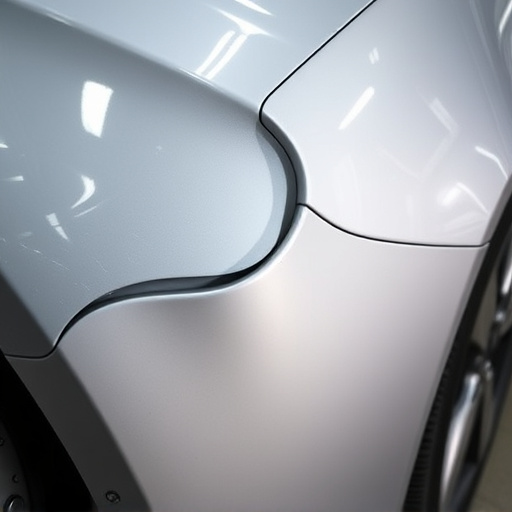
Silicon bronze welding is a specialized technique that finds its application across various industries known for demanding robust and corrosion-resistant joints. Its unique properties make it ideal for projects requiring superior strength and longevity, especially in environments exposed to harsh conditions. The automotive sector, for instance, leverages silicon bronze welding extensively for repairs involving engine components, exhaust systems, and structural parts, where both strength and resistance to corrosion are paramount.
Beyond autos, other industries frequently employ silicon bronze welding include maritime, aerospace, and manufacturing. In auto body repair shops and vehicle paint repair facilities, it’s not uncommon to see this method used to fix brake systems, suspension components, and even in custom fabrication projects. The versatility of silicon bronze welding allows for repairs that not only restore functionality but also ensure vehicles meet safety standards while maintaining a high level of performance and durability.
Real-World Application: Marine and Boat Building
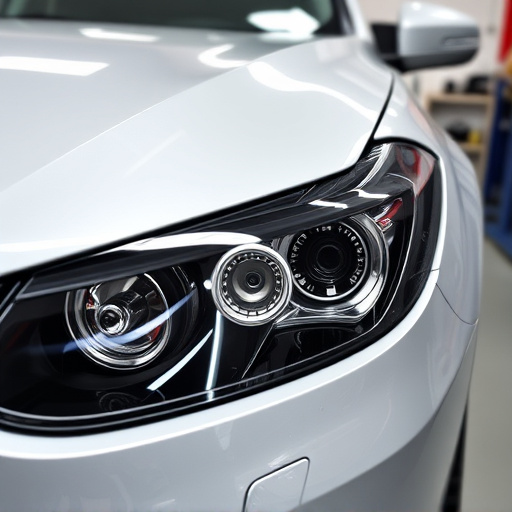
In the realm of marine and boat building, silicon bronze welding has established itself as a game-changer for restoration projects. The unique properties of silicon bronze make it an ideal material for repairing and rebuilding historic boats and ships, offering exceptional corrosion resistance and strength. When it comes to real-world applications, marine professionals often turn to silicon bronze welding for its ability to create durable, long-lasting bonds, ensuring the structural integrity of vessels exposed to harsh aquatic environments.
This specialized welding technique is particularly valuable in the conservation of classic cars as well. Similar to automotive restoration and car damage repair processes, marine builders must carefully address corrosion and weakness in metal components. By utilizing silicon bronze, they can effectively mend or replace parts, preserving the aesthetic and operational value of these vintage vehicles. This approach not only ensures the longevity of historical boats and cars but also pays homage to their original craftsmanship.
Case Studies of Successful Silicon Bronze Repair
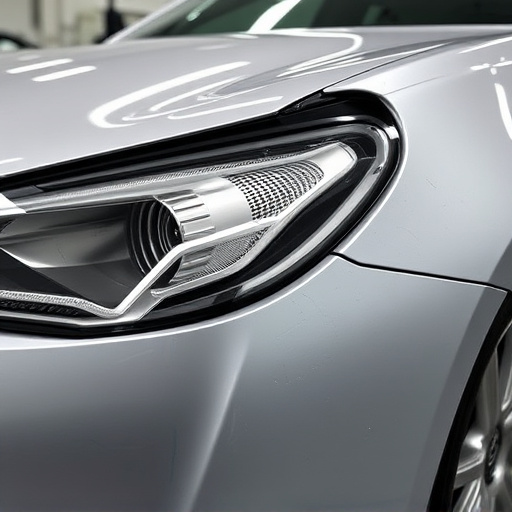
In the realm of automotive collision repair, silicon bronze welding has emerged as a game-changer for fixing car bodywork damage, especially in complex cases involving intricate parts like bumpers. Successful case studies demonstrate its effectiveness in restoring structural integrity and aesthetic appeal. For instance, consider a scenario where a bumper, made from an alloy similar to silicon bronze, was extensively damaged due to a collision. Traditional repair methods struggled with the unique composition of the metal, leading to weak welds and unsightly scars. However, employing advanced silicon bronze welding techniques allowed for precise and durable repairs. The skilled technicians expertly fused the broken sections back together, ensuring the bumper’s structural soundness without compromising its original design.
Another compelling example involves repairing a vintage vehicle’s chassis, which often incorporates silicon bronze components due to its exceptional corrosion resistance. In this automotive collision repair scenario, a carefully planned and executed silicon bronze welding process was vital. The repair team needed to match the original alloy precisely to preserve the historical integrity of the car. Through meticulous preparation, precise welding, and post-weld treatment, they achieved a flawless fusion, restoring the vehicle’s value as a classic while ensuring its safety on the road. These real-world applications highlight how silicon bronze welding can address diverse challenges in both modern and vintage automotive collision repair, particularly when dealing with car bodywork and intricate parts like bumpers.
Silicon bronze welding has proven itself as a reliable solution for various industries, particularly in sectors where corrosion resistance and strength are paramount. From marine and boat building to industrial equipment repair, real-world applications highlight its versatility and longevity. The successful case studies presented demonstrate that silicon bronze weld repairs can deliver exceptional results, ensuring the integrity and lifespan of critical components. As these industries continue to evolve, adopting silicon bronze welding techniques will remain a strategic choice for maintaining robust and durable structures.
